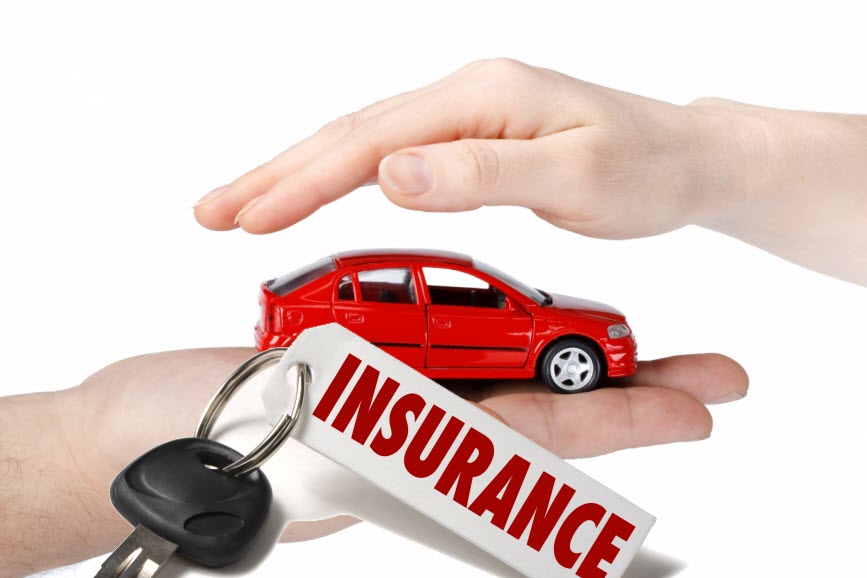
Finding auto insurance that fits within your budget requires careful planning. Many factors can have an effect on your premiums, including the year, make and model of the car; driving record; credit score; fewer miles driven annually, or the presence of safety features installed in the car. Review your policy annually or in response to major life changes, and here are some tips that may help you obtain the best rates for auto insurance.
1. Keep Your Credit and Driving Record Clean
Maintaining a spotless driving record is essential not only for your own safety but also in qualifying for competitive car insurance rates. Accidents and violations have an immense effect on premiums; luckily there are various strategies you can employ to better your record, including taking defensive driving courses, exploring all available deals, and installing telematics devices into your car. An excellent credit score and driving record are keys to getting affordable premiums, but other considerations could impact them as well, including age, location, and car type. Being aware of how these variables impact premium costs is an integral step toward finding coverage that fits your needs at an affordable cost.
2. Choose Your Car Wisely
Your car makes an enormous impact on your insurance rates. Vehicles more susceptible to theft or costlier repairs tend to attract higher premiums; furthermore, understanding exactly how much coverage is necessary is also key so as not to overpay. Various factors influence car insurance rates, including credit history (in New York and some other states), marital status, driving record, mileage driven annually, and mileage discounts. By keeping these aspects in mind while shopping around for policies you can get the best rate possible.
3. Get Multiple Quotes
One of the best ways to secure more affordable auto insurance coverage is through research. Many car insurers provide tailored quotes based on personal characteristics like age, driving history, and the make/model of the vehicles being covered. When gathering quotes, ensure all coverage limits are equal so you can conduct an apples-to-apples comparison. Keep in mind that the lowest-priced policy might not provide adequate protection, so ensure you receive quotes for policies that fit your needs; reviewing their declaration pages to better understand exactly what your payment covers is important as well.
4. Look for Discounts
When shopping for auto insurance, be sure to inquire about all available discounts. These could include bundling policies together, taking driving courses using mass transit to get to work, or reducing annual mileage. Your insurer may use an app or device installed in your vehicle to monitor driving behavior and adjust rates accordingly. This could be an ideal option if you don’t mind giving up some privacy for savings. Consideration should also be given to weighing the costs associated with comprehensive coverage versus those that could arise from major losses.
5. Maintain a Safe Driving Record
Your driving record has an enormous influence on your auto insurance rates. As more points accumulate on your record, the higher your premiums become. To keep it clean and reduce premium costs further, try not collecting tickets or being involved in accidents; also choose a safe vehicle less likely to be stolen or cause damages during collisions. Other factors that can affect your rate include the number of drivers on your policy, where you live, and how often you drive. Defensive driving courses or having certain violations removed from your record can often help lower rates significantly.
6. Keep Your Vehicle in Excellent Condition
Maintaining an excellent condition in your vehicle will save you money on car insurance while keeping you and other road users safer. Always follow the maintenance schedule outlined in your owner’s manual and get any repairs completed as quickly as possible. Keeping these factors in mind when purchasing high-performance or exotic cars will likely increase their insurance costs significantly. You should consider dropping coverages that no longer serve their intended function or overlap with existing protection such as roadside assistance and rental reimbursement policies. Furthermore, should your situation change like getting married or adding a driver, make sure to shop around for the best rates as quickly as possible.
7. Make Sure You Have the Right Coverage
Your auto insurance policy is a legal document, so it’s essential that you fully comprehend its terms and conditions. Any changes can impact your monthly premium; such as adding or removing vehicles, changing drivers, or moving where your car is stored. Reviewing your policy annually could reveal ways to save money. Consider bundling home and auto policies; taking a safe-driving course or cutting back on mileage usage. Furthermore, remove comprehensive coverage if no longer necessary against damage or theft; review it with an agent if any questions or issues arise.
8. Don’t Forget About Deductibles
Auto insurers consider numerous factors when setting premiums, including driving-related and non-driving socio-economic ratings. But there are ways you can lower your premium while still having access to adequate coverage. Shifting to a higher deductible (the amount you must pay before insurance will pay out a claim) may lower your premium significantly, but make sure it fits within your risk appetite should you need to file a claim in the future. Consider dropping collision and comprehensive coverages on older cars nearing their book value; in many instances, they add up to more than the car is worth.
9. Shop Around
Since insurance companies compete fiercely to offer you coverage, rates may differ drastically between policies. Always shop around to find the best value; carefully research each insurer’s financial standing and locate an agent who can address all of your inquiries. Shopping around for car ownership is one of the key components to successful car ownership. Not only can it help you find the best rates, but exploring various options and potentially taking advantage of discounts could save even more money – this is especially useful for high-risk drivers who may require nonstandard coverage policies.
